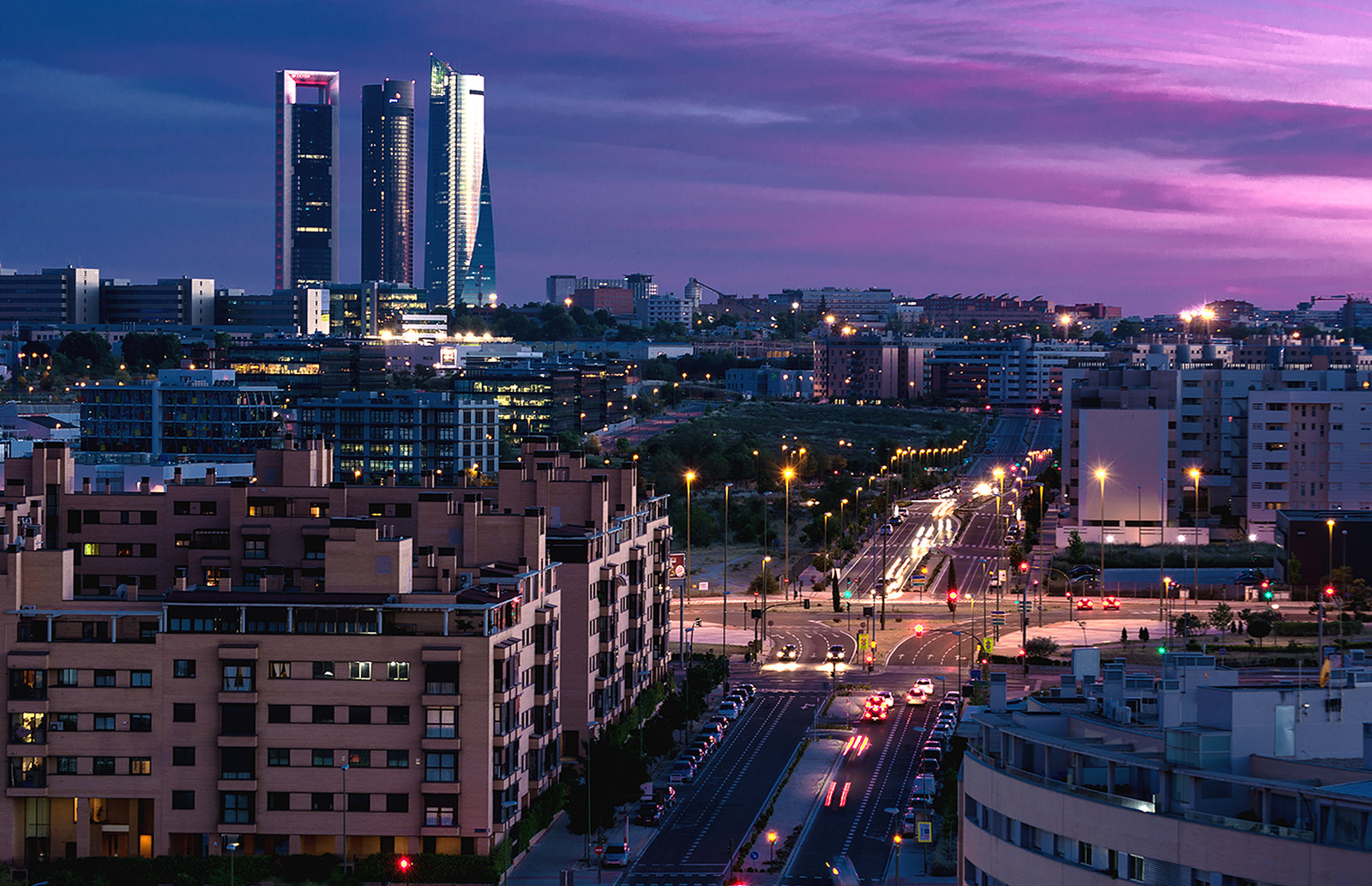For the large majority of students, the sightseeing in Madrid begins with its central part. We can find in the central part a large number of fascinating locations and structures, like the Royal Palace or the terrific Plaza de Espana (situated west of town), the Paseo de Castellana (to the north), the Atocha Station and the Rastro flea market. Many football fans also go to the Estagio Santiago Bernabeu, situated on the Paseo de Castellana.
The formal center of Madrid and Spain is the Puerta del Sol. The Puerta del Sol is sort of the local Times Square, and it is the first place from where Madrilenos step highway ranges.

A few blocks southwest we find the Plaza Mayor (following the arches that cause Calle Mayor). The Plaza Mayor is an impressive pedestrian stone paved square, including covered passages on every side. The plaza task was started in 1590 and completed in 1619. It was then later rebuilt (1790) after a serious fire. (Fires were quite common throughout Inquisition times).
If you head west following the Calle Mayor, you will find the Plaza de la Vacation home. Inside the Plaza de la Vacation home is an old Town hall (Casa de la Rental property) built in 1630. These buildings can be gone to Mondays at around 5 PM.
Stroll further west and you will find the Almudena Cathedral, an excellent structure that was first introduced in 1879 and completed much later on, in 1993. In the very same location you will see the Royal Palace, developed around 1750, after the Moorish alcazar was burned to the ground.
Directed tours

A complete traveler program is used by the Madrid Tourist Board. Walking tours remain in English, Spanish and even other languages. You will discover sensible prices, from only a number of euros for a quality tour of about an hour and a half.
Personal trips are organized by the Wellington Society, ideal for little groups and households. Beware, however, these costs are substantially higher than other trips.
Sightseeing buses are provided and run by Madrid Vision. The program includes 2 paths: the very first one set around the old center, and the other around the Genuine Madrid soccer club, along with some other parts of the new Madrid.
Madrid is the largest city of Spain likewise is the capital, along with the capital of the autonomous neighborhood of the very same name (Comunidad de Madrid). In 2005, the population of the city was around 3,230,000 and the population of the metro location was around 5,844,000. Madrid is best known for its remarkable cultural and the artistic heritage, a terrific example of that is the El Prado museum. Madrid also hosts some of the liveliest nightlife worldwide. The capital of Spain, which is located in the heart of the peninsula and likewise right in the center of the Castillian plain about 645 meters above water level, has a population of over 3,000,000. A service center, a cosmopolitan city, the headquarters for the general public administration, Spanish parliament, federal government, and the house of the Spanish Royal Household, Madrid likewise plays a significant function in both the individual sectors and banking. The majority of its industry can be discovered in the southern part of the city, where best things to do in madrid very crucial food, textile, and metal working factories are clustered. Madrid is characterized by intense creative and cultural activity and a really dynamic night life. Below are a couple of things to do and see while visiting Madrid, Spain.
Museo del Prado
The Museo del Prado is an art gallery and museum, which is located in Madrid, the capital of Spain. It has among the world's finest European art collections, from the 12th century to the early 19th century, based on the former Spanish Royal Collection. Founded as a museum of sculpture and paintings, it also contains important collections of more than 1,000 coins and medals, 5,000 illustrations, 2,000 prints and about 2,000 decorative works of art and things. Sculpture is represented by more than 700 works and by a lower variety of sculptural fragments.
The Botin Dining establishment

According to the Guinness Book of World Records, this is the world's earliest dining establishment dating from 1725. The Botín Restaurant is has likewise been mentioned in the book of Fortunata y Jacinta by Benito Pérez Galdós (released back in 1886-1887) and the painter Goya was stated to have worked there before he became a painter. Hemingway was a very frequent client and stated it was among his preferred restaurants.
The Botin Restaurant can be traced back from 1725, when the actual ground floor of what was formerly a little inn, back in the 16th century, was reformed and about that same time a cast iron, log fired oven was set up. Castillian restaurants normally have these kinds of ovens, where all types of roast (like fowl, meat) are the essential of the Castillian cuisine. The restaurant has 4 main floorings and is also located on Cuchilleros street, which is a short walk from Plaza Mayor.

